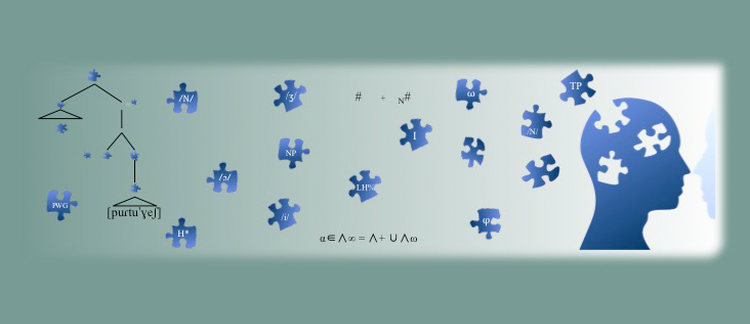Abstract
This study proposes a production model for the incomplete acoustic neutralization between underived and derived /e/ in Romanian. Using the articulatory-based synthesizer TADA, underived /e/ was modeled with a single articulatory gesture, while derived /e/ was modeled as a ‘blending’ between two vocalic gestures timed synchronously (similar to the diphthong /ea/ with which it alternates). A comparison of the acoustic properties of modeled and naturally produced stimuli showed that underived /e/ tokens were acoustically similar to modeled underived /e/ and that naturally produced derived /e/ tokens were similar to modeled ‘blended’ /e/. This result supports the hypothesis that derived /e/ is the result of a blending between two vowel gestures, and that the observed incomplete acoustic neutralization between underived and derived /e/ in Romanian is the result of different articulatory mechanisms.
How to Cite
Marin, S., (2012) “Romanian ‘blended’ vowels: A production model of incomplete neutralization”, Journal of Portuguese Linguistics 11(2), 35-50. doi: https://doi.org/10.5334/jpl.83
